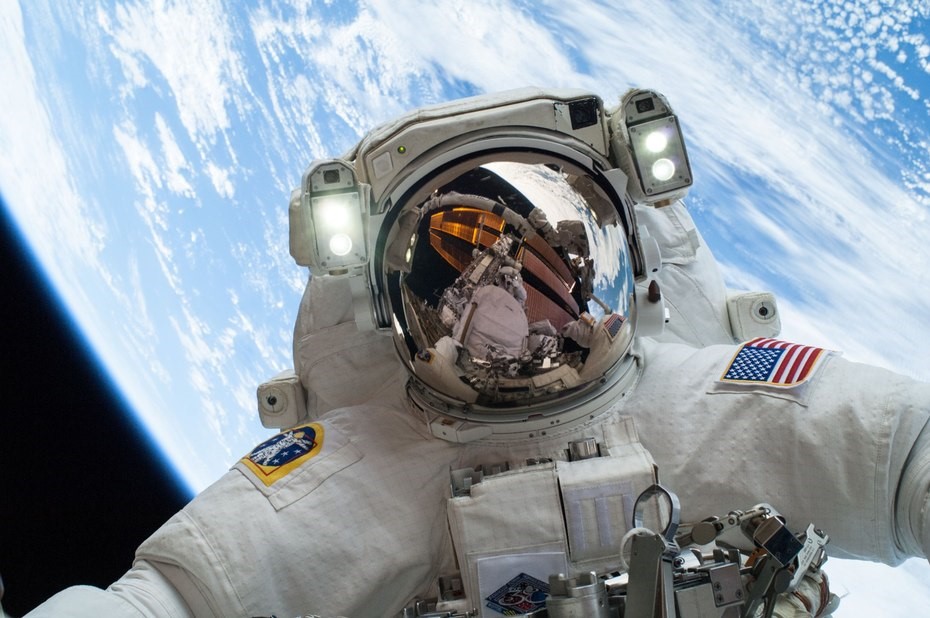
Did you set out to change the world in your youth, but have somehow slipped in a repetitive cycle of corporate grinding? Well I’ve got some good news: NASA has just put out a call-to-arms for four new astronaut positions that need filling, including for a future manned mission to Mars.
According to the statement put out on November 4, NASA will soon begin accepting applications “in anticipation of returning human spaceflight launches to American soil, and in preparation for the agency’s journey to Mars.”
But the next generation of astronauts will once again launch from the Space Coast of Florida, this time onboard commercially-built Boeing Starliner and SpaceX’s Crew Dragon spacecraft for low Earth orbit missions. For missions further afoot, such as the eventual mission to Mars, the agency will leverage the NASA-developed Orion spacecraft and other new tech currently in the works.
This is kind of a big deal, considering the agency has not launched a spacecraft from American soil since the Space Shuttle program was decommissioned in 2011, forcing astronauts to hitch a ride aboard Russian rockets.
Between December 14 and mid-February 2016, NASA will accept applications for a total of four to serve on either the ISS, the two commercial crew vehicles mentioned above, or NASA’s own Orion deep-space craft; the top picks will be announced in mid-2017.
The requirements include:
- Applicants must possess a Bachelor’s degree from an accredited institution in engineering, biological science, physical science, or mathematics. In addition, three years of related, progressively responsible profession experience is required. Advanced degrees are preferable, with a master’s degree equaling one year of experience and doctoral degrees equal to three.
- If a applying for a piloting position, 1,000 hours in pilot-in-command time in jet aircraft.
- Candidates must able to pass the NASA Astronaut physical and must possess visual acuity correctable to 20/20 in each eye. Candidates with refractive surgical procedures are permitted so long as one year as elapsed.
- Standing height must be between 5’2” (62 inch) and 6’ (72 inch); weight requirements are not listed, but used to be limited to no more than 180 lbs.
- Blood pressure cannot exceed 140/90 in a sitting position.
“This is an exciting time to be a part of America’s human space flight program,” said Brian Kelly, director of Flight Operations at NASA’s Johnson Space Center, Houston. “NASA has taken the next step in the evolution of our nation’s human spaceflight program – and our US astronauts will be at the forefront of these new and challenging space flight missions. We encourage all qualified applicants to learn more about the opportunities for astronauts at NASA and apply to join our flight operations team.”
With that said, being selected as a candidate doesn’t guarantee membership in the US astronaut corps. Candidates must also graduate from a two year training and evaluation session at the Johnson Space Center, in Houston, Texas, passing all the training curriculum listed below:
- International Space Station systems training
- Extravehicular Activity skills training
- Robotics skills training
- Russian language training
- Aircraft flight readiness training
- Underwater military survival training
There are currently 47 astronauts in the active astronaut corps, with a total of 300 having served to date.
Source: Astronaut.NASA.gov andGizmag
Advertisement
Learn more about Electronic Products Magazine





